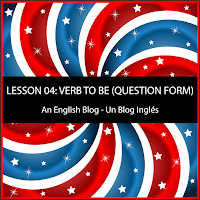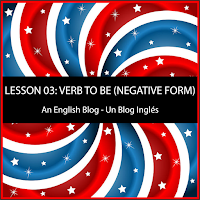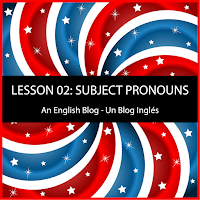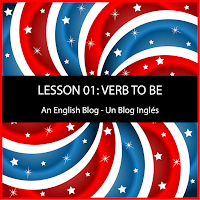LESSON 04: VERB TO BE (QUESTION FORM)

VERB TO BE (QUESTION FORM) 1.- We can make questions using the verb to be. Podemos hacer preguntas usando el verbo to be. Are you a nurse? - ¿Eres enfermera? 2.- The questions in the verb to be have this order. Las preguntas en el verbo to be tienen este orden. Am I a politician? - ¿Soy un político? Are you Mexican? - ¿Eres mexicano? Is he your father? - ¿Él es tu padre? Is she our teacher? - ¿Ella es nuestra profesora? Is it your cat? - ¿Ese es tu gato? Are we wrong? - ¿Estamos equivocados? Are they Japanese? - ¿Ellos son japoneses? 3.- Don´t forget to put the interrogative sign at the end of the question. No olvides colocar el signo de interrogación al final de la pregunta. 4.- We can answer the questions using short answers. Podemos responder las preguntas usando respuestas cortas. Are you Chinese? Yes, I am / No, I´m not . Is he a veterinarian? Yes, he is / No, he isn´t . We only use contraction


